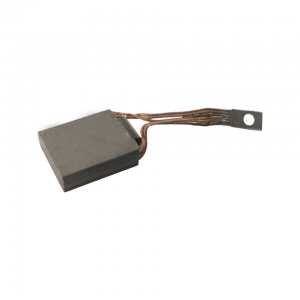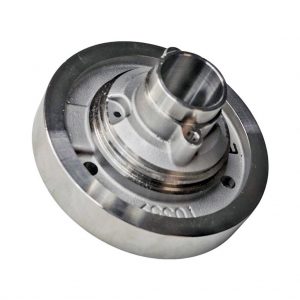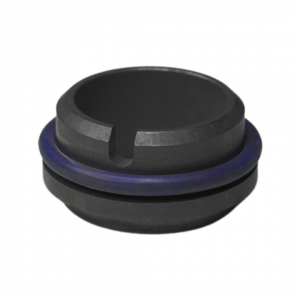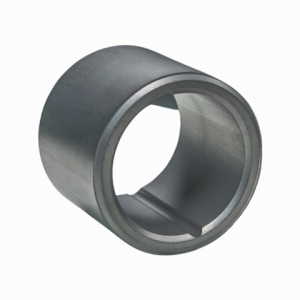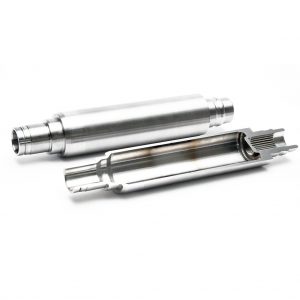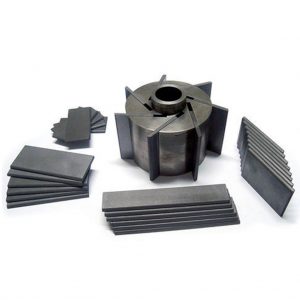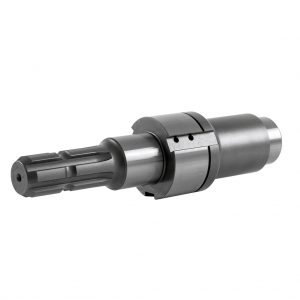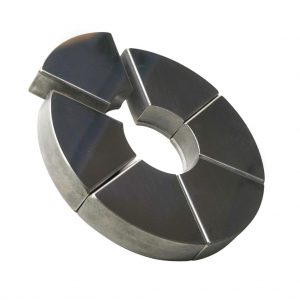Motors are the most common source of power used by pumping systems. This technology is heavily regulated. Pumps by themselves are not variable speed, an option that many systems need to operate with peaks and ebbs during the run cycle, such as power generation. The addition of a variable frequency drive (VFD) gives it that capability. Both pumps and motors are mechanical devices used for a varied range of engineering works. Both the devices play a key role in various engineering fields such as mechanical engineering, electrical engineering, civil engineering, automobile engineering, construction works, robotics, etc. They are used for a variety of purposes.
Motors are nothing but electro-mechanical devices used to convert electrical energy into mechanical energy. Motors account for nearly half of the world’s energy consumption, which contributes significantly to a global energy ecosystem.
Electric motors have brought about one of the major breakthroughs in the fields of engineering and technology after electricity which is still one of the biggest inventions the world has ever witnessed. Electric motors are generally categorized into two basic types – AC and DC motors.
Both AC and DC motors serve the same basic purpose, which is to convert electrical energy into mechanical energy. However, they both do it very differently. As the names suggest, AC motors are powered by alternative current, whereas DC motors are powered by direct current.
The operating principle may be different but the basic law that governs them is same in all types of motors.
Components
Mechanical Components
Brushes and Brush Holders
Metal Components for pump
Radial Bearing
Rotor Shaft
Thrust Bearings
Material/Type
High-engineered Plastic
Stainless Steel Ceramic Coated
Silicon Carbide
Stainless Steel
Bronze
Tungsten Carbide
Cast Iron
Duplex/Super Duplex
Carbon-Graphite metal-impregnated
Ceramic (Al2O3)
Silicon Carbide
Plastic Bonded


